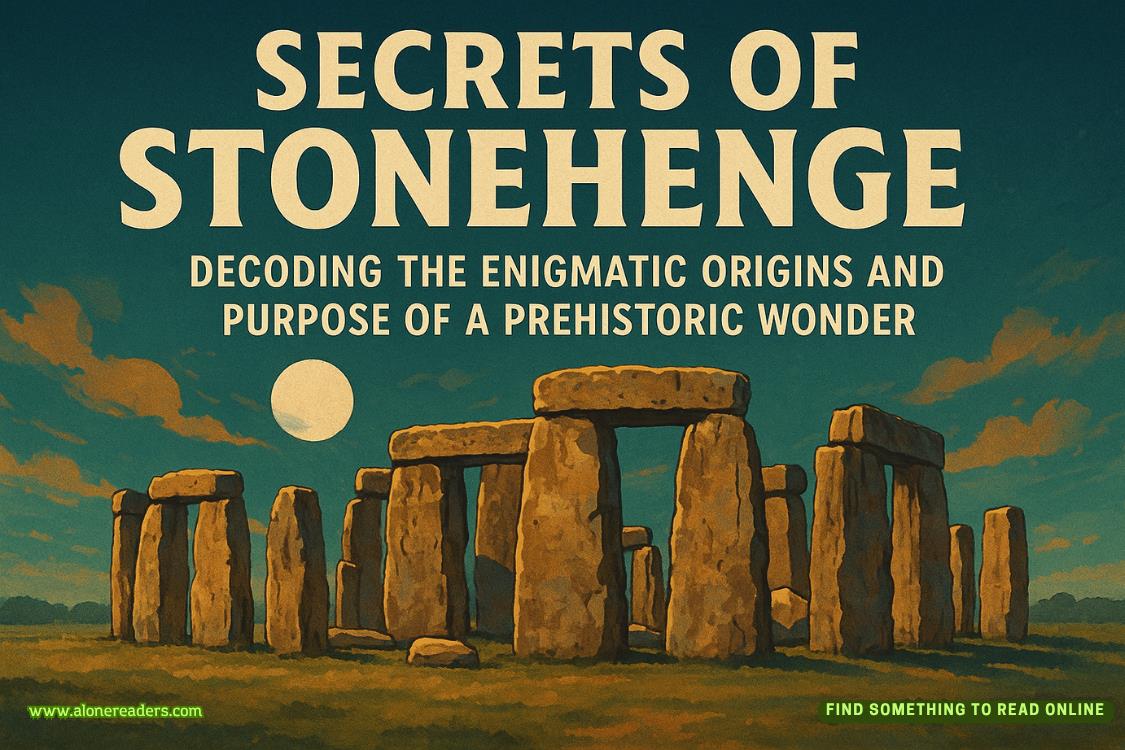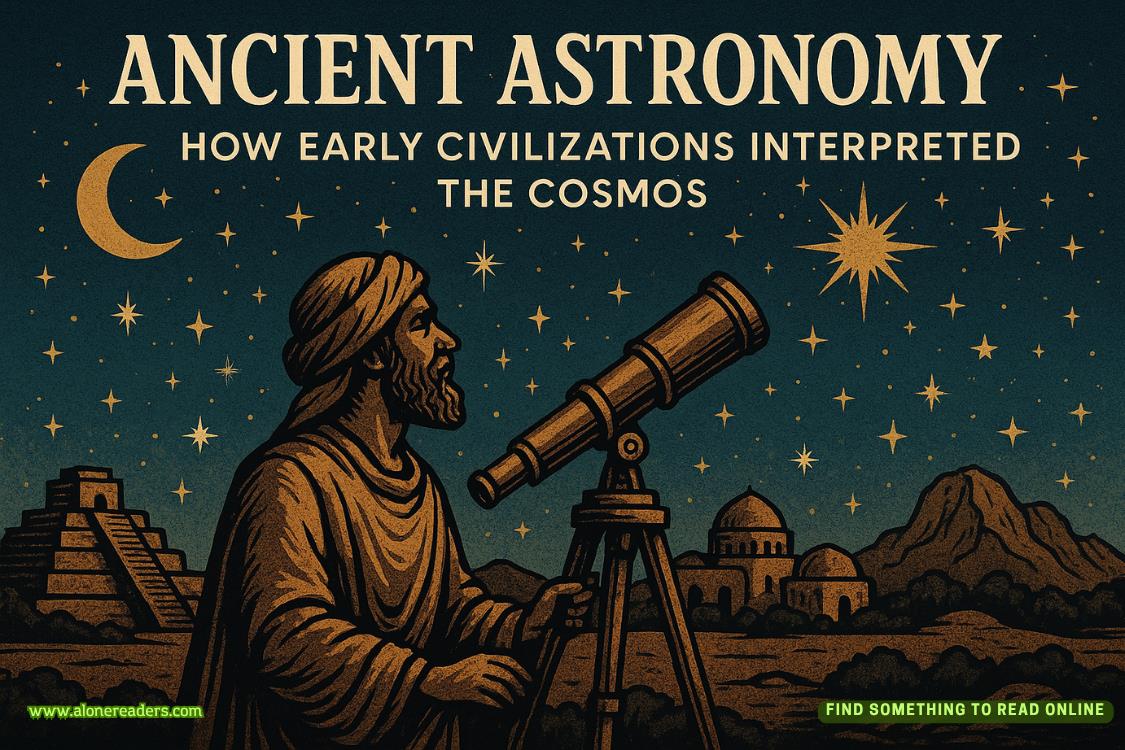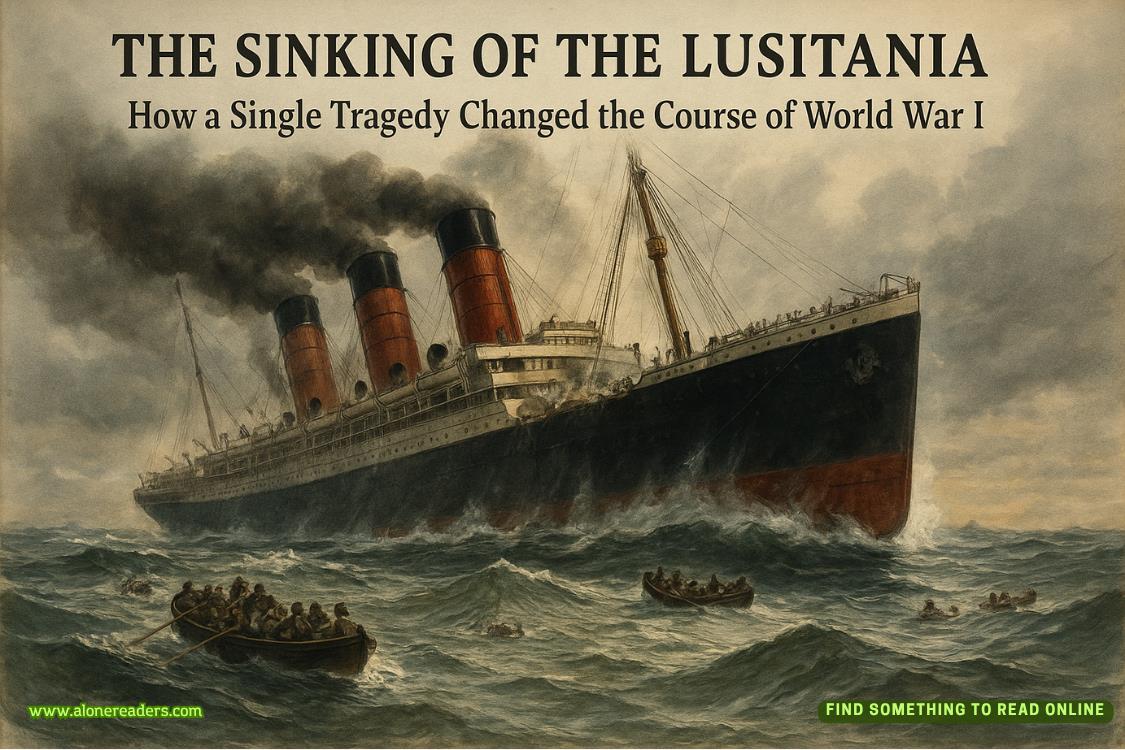Page 90 of DATE
"I always feel like there’s so much in this era... everything is both collapsing and being reborn."
The grandeur of ancient Greece, once lost, was now set to be revived, much like the stars among the gods.
As he added color, Da Vinci first used a fine brush dipped in ink to outline the contours, then began shading the shadows with pale blue.
Hedy had carefully studied many of the famous paintings in the Medici palace—
Old-school artists often used deep browns to emphasize light and dark, but only Da Vinci had the boldness and intelligence to do this.
She had seen Florence just after dawn, with the horizon softened by mist. The gray-blue hues seemed to capture the same quiet darkness on this canvas, everything just perfectly expressed.
As Da Vinci painted, his expression was calm and gentle, his movements deliberate and steady, much like a meticulous and composed artisan.
But under his hand, all of the figures on the canvas conveyed clear and powerful emotions.
Many of the paintings were meant to praise the divine radiance, often emphasizing the splendor and greatness of saints and angels.
However, the complex and defined emotions of humanity seemed to have been continually suppressed and concealed.
In this swirling scene, the three wise men offered different gifts to Jesus, their expressions ranging from reverence to awe. Thepostures of dozens of people varied, with even the movement of their fingers matching the gestures of the time.
The warhorses raised their heads and whinnied, travelers conversed loudly, but only the Virgin, holding the Christ child, remained silent.
Hedy, like a nurse assisting in a surgery, continuously handed him the scraper, fine brushes, and cloths, accompanying him for nearly three months as he worked on the painting.
During this time, she completed an entire manuscript in the monastery, thinking through the content during the day and then writing it all down in the evenings or mornings.
Penicillin in the beef broth was actively proliferating, more and more wine was being bottled into glass bottles, and a new and more efficient microscope was delivered to the Florentine Academy.
By the time the Feast of the Assumption of the Virgin Mary arrived, her first manuscript, On the Four Elements, was officially published.
The birth of this book was like the first toll of a bell for a new era.
The Medici family's contributions to culture were nothing short of revolutionary and advanced.
Not only did they sponsor a large number of painters and sculptors, but they also used the printing press to organize and restore ancient texts.
The current lord, Lorenzo, was highly respected by the people and referred to as the "Great Lorenzo" because of his immense contributions.
Even if you took just one of his achievements, it would be a massive contribution to the city.
He collected classical works from Greece and Rome for scholars, sending literary experts to cities across Italy and even abroad to purchase manuscripts. He was even willing to mortgage his family's property to buy rare books.
Some of these books could no longer be copied, so he hired scribes to transcribe and organize them, printing large quantities of books using movable-type printing.
This new technology from the East completely shattered people's preconceived notions about cultural preservation.
With the establishment of the printing house, both the University of Pisa and the Florentine Academy were further expanded, and the Academy of Plato was revitalized and given new life.
According to Hedy's position, she originally had no reason to be involved in such matters, let alone publish her papers publicly.
Women were traditionally respected and admired, but as the church's authoritarian rule expanded over the years, the status of women had steadily declined, and they had been completely excluded from the academies.
However, her current identity was that of a distant relative of the Medici family, once separated by circumstances, and now an undeniable noblewoman.
In the eyes of the Florentine citizens, this blue-eyed beauty was not only loving, kind, and knowledgeable in alchemy, but also capable of saving lives in times of peril.
Lorenzo’s presence made it easier for them to accept her, and many even wrote letters to consult her on various matters.















